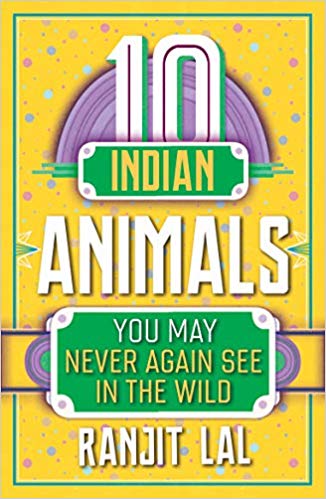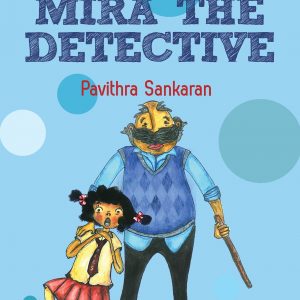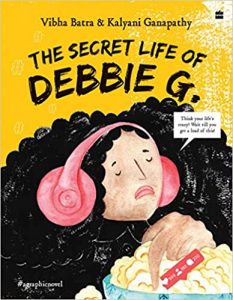Ranjit Lal knows how to grip the attention of readers. When I began to read 10 Indian Animals you may never see again in the wild, I thought it would be an interesting informative book. That it is…but way more! This book is like a joy safari ride into the jungles of India filled with information and humour- both in truckloads! Published by Duckbill, it is a part of a series of much-anticipated non-fiction books.
Humour is definitely a major part of the ‘game’ here! “Whatever you do, please, please do not call the Asiatic or Indian lion, the ‘loin’. The noble animal will be grossly affronted- and may take matters into his own hands” he writes in the beginning of the chapter on Lions. He goes on to describe an incident at the zoo where insensitive people were well taught a scary lesson by a lion!

Humour, which definitely strikes a chord with readers makes you smirk and guffaw as you go through the curated information about Indian animals on the verge of extinction.
Consider this-
“Deer are perpetually on the verge of having panic attacks” or an imagined conversation between vultures in a vulture restaurant!
So far, the books on conservation that I have come across are filled with facts and figures. However, navigating through this essential information in 10 Indian Animals you may never see again in the wild makes you feel like you’re reading a well-crafted story.
The titles of the chapters are quite whacky too…like “Susu in the river” a chapter on river dolphins.
Yes, there are facts and informative nuggets on the endangered animals. But, Ranjit Lal also paints the current scenario and often conflicting situations that spell doom for wildlife. He fairly points out the actions and indeed the inaction as well, on part of the government to address the issue of wildlife conservation in India.
I think there is great value addition in terms of different facts coming together. For instance, the chapter on vultures (I do see a few of them in South Mumbai where they encircle the Parsi Tower of Silence, and even to my untrained eye it’s clear that their numbers have dwindled over the years). He brings forth the point that they were threatened by illnesses due to the use of diclofenac, that used to be given to cattle to increase milk yield, and entered the system of vultures when they fed on the carcasses of these, only to cause havoc to them! Such facts pepper the book and make for interesting reading.
More than anytime else I think that this book shows how everything is interrelated. Our modern lives and interests cross paths with nature and wildlife. Very often there are no clear solutions to the man-nature conflict (sad that we are now compelled to use these terms!). But, as a generation that is more and more affected and impacted by this issue, awareness is indeed the first step.
10 Indian Animals you may never see again in the wild by Ranjit Lal opens our eyes to the living treasures that we choose not to acknowledge. It is a humorously written book, but extremely hard-hitting as well, as it makes you aware of known and lesser known native animals that are in danger of extinction. I do wish there were some pictures and illustrations though!
Do pay heed to this basic advice by the author- “Visit national parks and wildlife sanctuaries (and other wilderness areas) as often as possible: with your family, or with your school. Then you’ll see what’s actually happening on the ground and will be able to ask the authorities some really embarrassing questions. Remember this country belongs to you- and not to those who are intent to rip it off by making the excuse that we have to ‘develop’. Any ‘development’ that destroys natural habitats is not development at all, just sheer destruction “. And yes, don’t forget to take a copy of this book with you! Trust me, it will make all the difference!
Read the book free of cost on kindle unlimited.





